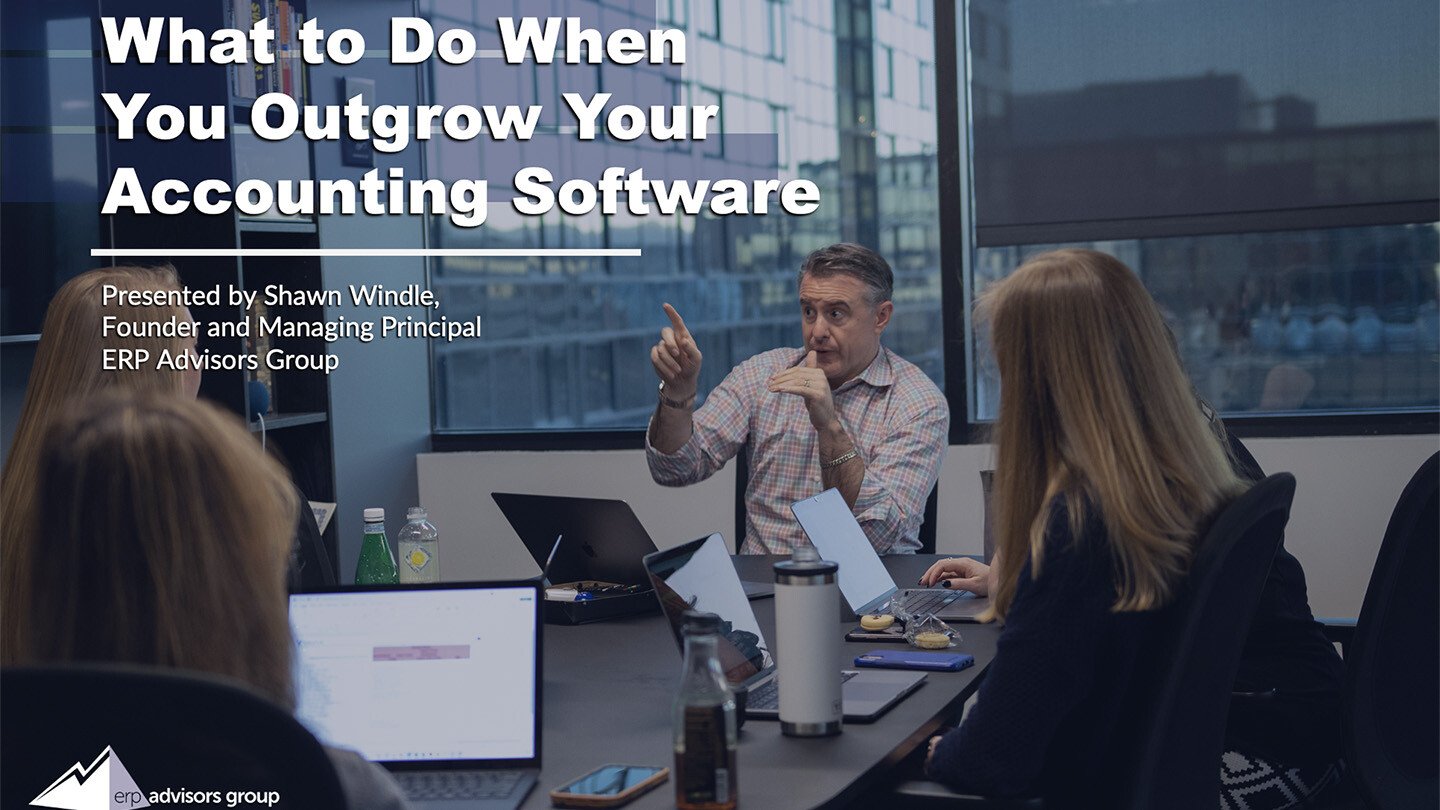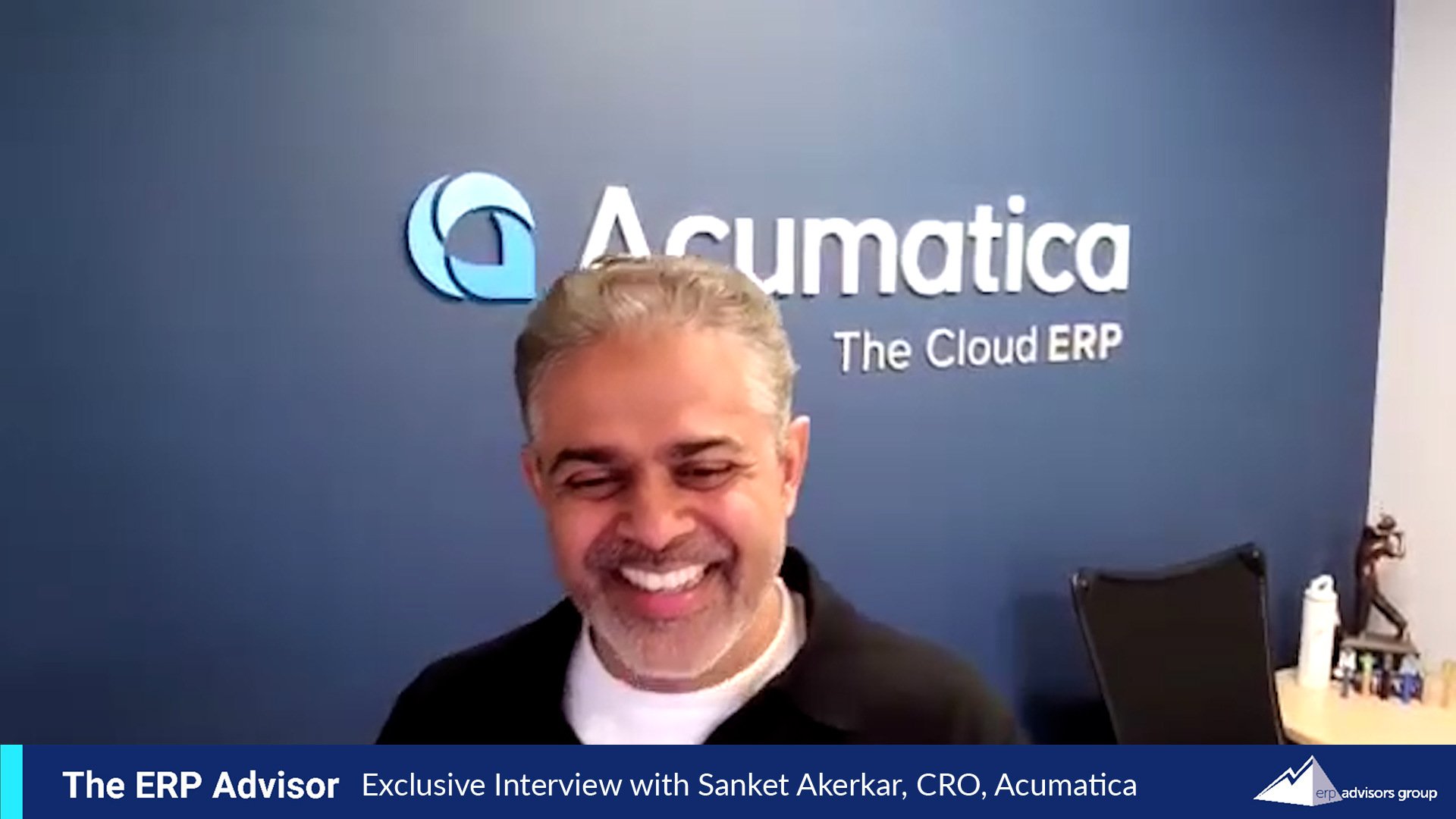
ERP implementation is all too easy to get wrong, even when the solution is right. Unfortunately, traps are hidden along the road to a successful go-live and even the most well-intentioned projects can fall victim to major ERP mistakes. In this episode of The ERP Advisor, Shawn Windle uncovers what businesses get wrong during their ERP implementations to guide project sponsors back to the path of ERP success.
What You Don’t Know About ERP Implementations
ERP implementation is one of the most difficult things to get right, in fact, it is one of the easiest things to get wrong. Those that confront ERP implementations every day know that there is always something new to learn. Fortunately, education can help reduce the ERP implementation failure rate simply by showing businesses what they don’t know.
Why Your ERP Implementation Needs to Succeed
At the end of the day, you are pouring time, money, and resources into an ERP implementation, and you don’t want that all to go to waste. Additionally, you don’t want employees quitting because you don’t properly implement your ERP. Your decision to change ERPs is going to impact every single person in your organization, which means you cannot afford to fail. ERP implementation goes beyond just turning the system on, it is employee adoption, operational success, and more.
Many businesses and project sponsors don’t realize that in order to reach ERP success, you have to plan for everything that could go wrong. Part of that is that a business doesn’t know what they don’t know, so where should they start? ERP implementation is so easy to get wrong because so many things need to go right.
What You Need to Know About ERP Implementation
ERP is constantly evolving. Fortunately, there are some key pieces of information that could save your project, if you are willing to put in the time. Here’s what you may not know about ERP implementation.
Your Implementation is Far More Unique Than You Realize.
No one has ever migrated your business from your existing software to your new solution, with your unique processes, and the people you have now. Many businesses do not take the time to understand these unique factors or requirements. As a result, the partner or vendor may not realize they are selling you a product that may not meet your needs. You need to know your needs forward and backward if you are going to ensure you select the right solution.
You Probably Aren’t Doing Enough to Prepare Your Data.
Data migration is much more difficult than businesses realize, and the partner is not going to do as much as you think they are. While their services are carefully outlined in the Statement of Work, the real work required from the client may be unclear or confusing.
Data migration work should begin before you even select a new solution because you will need time to continuously review, cleanse, and validate the data that will be migrated into the new system as well as make a number of business decisions which affect each of these steps. Your leadership, SMEs, and technical team need to coordinate to ensure you bring over the right data and do not bog your system with too much historical data. Additionally, the vendor or implementation partner is not going to test your data prior to go-live, they expect you to do this major task. Testing your data in the new system can reveal unforeseen configuration or data problems that can derail your ERP implementation. Your ERP’s value is its data, so make sure you succeed with the right tools.
You May Not Have the Right Internal Resources in Place.
There are many roles that need to be filled during an ERP implementation, but those roles are not always clearly defined. In order to effectively staff your ERP implementation, you must understand the roles needing to be filled and create a plan for staffing prior to migrating to a new ERP. The individuals filling those roles will also be performing their day jobs, so ensure that you know the REAL impact filling those roles will have on your business. If you cannot spare the people, it may not be the right time for a new ERP.
You Need a Project Architect, Not Just a Developer.
An Architect, or Senior Architect, is the person who truly understands the software, but also knows the industry requirements alongside your unique business requirements. The Architect considers the overall solution design from end-to-end, not just to meet isolated needs. An experienced Architect is someone versatile enough to relate to the CFO while working closely with the end-users to meet their needs. This skillset supersedes what a Developer does so identifying a Solution Architect is an important requirement to fill when hiring an implementation team.
The Implementation Partner’s Training Plan Probably Isn’t Going to Be Enough.
Most implementation partners use the “train the trainer” method where they train one of your key individuals or perhaps a handful of your team who then train the rest of your end-users. While this is efficient, it usually neglects your employees’ unique needs. Implementation partners do not usually provide client-specific training documents. Performing training with generic guides and videos can put your project at risk if your employees feel upset or confused about how to perform their job in the new ERP. This is a great reason to hire a client-side implementation consultant (internal link); they can supplement end user training by developing client-specific training documents and oversee that training is successful. These steps will not be handled by the implementation partner, so you need to be prepared to facilitate it yourself.
Conclusion
The leading cause of ERP implementation failure is not anticipating the unknown. But every business can mitigate these risks and successfully go live with their new ERP, they just need a little insight or help seeing around the blind spots on their journey. Hiring a client-side ERP consultant can provide the vision of what you are about to run into and avert becoming an ERP failure statistic






